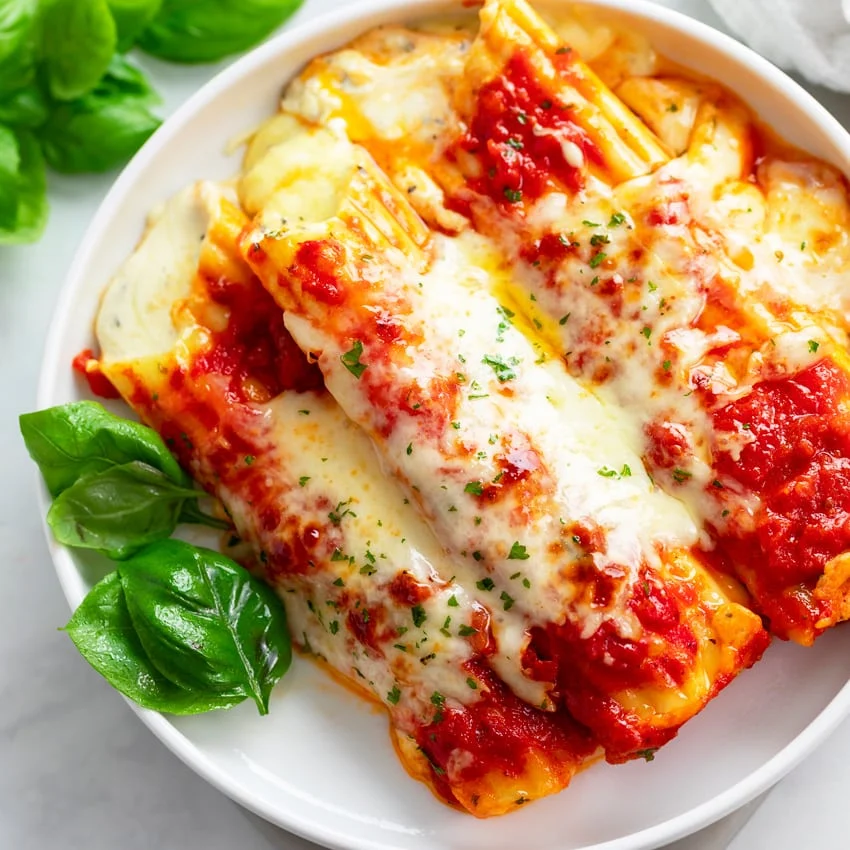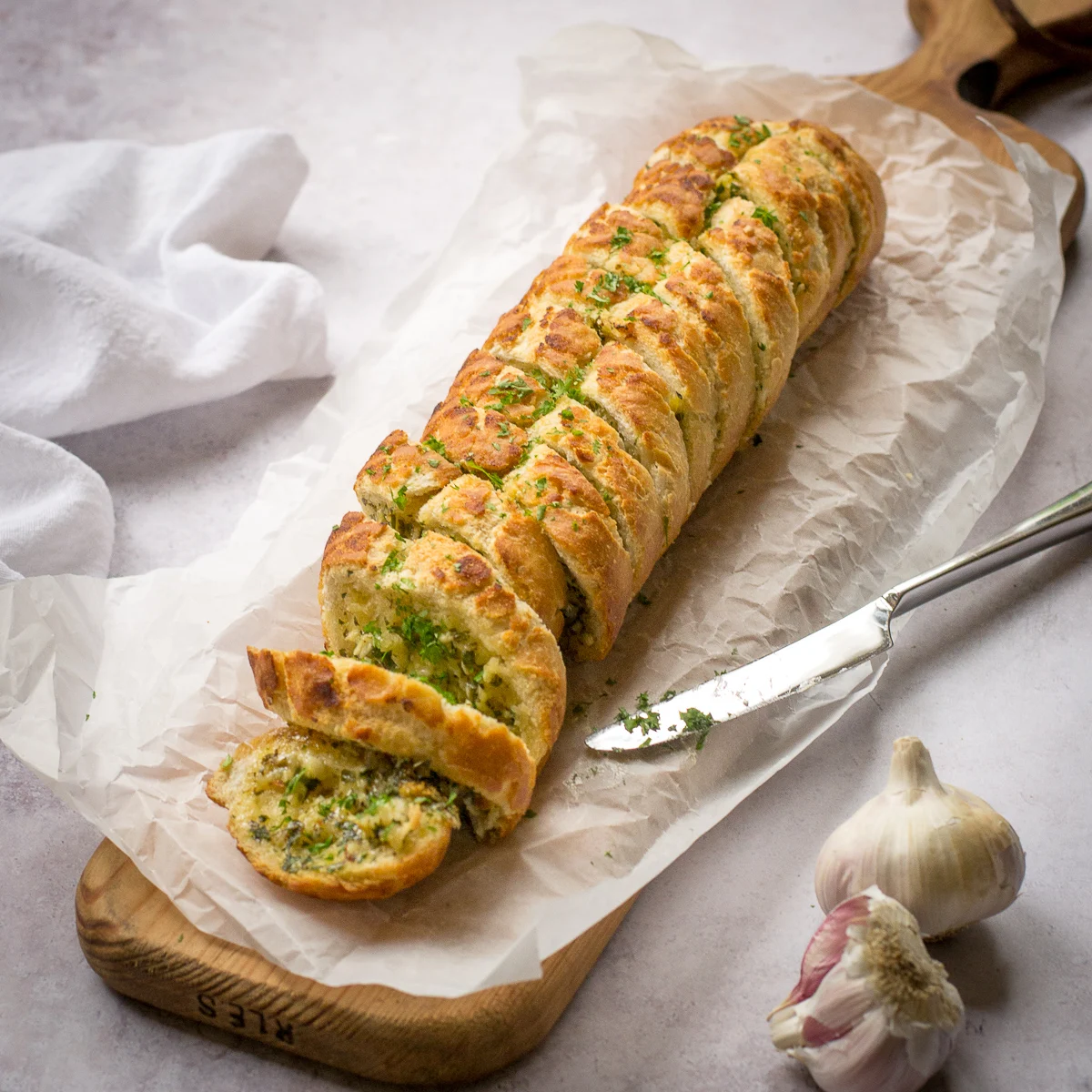Italian/American cuisine
- rosemary
- May 23, 2023
- 5 min read

"Perhaps the best way to think about the differences between Italian American and authentic Italian is, in the same way, you would compare a movie to the book it was adapted from. The movie is almost never better than the book, but if you think about the movie as a separate entity, something entirely of its own, that merely shares a name, then maybe you can appreciate it more for what it is and not appreciate it less for what it isn’t." Paul Feinstein/La Cucina Italian
As you will know by now I have somehow come across a few Italian/American dishes of late, so I thought I would look at the whole question today. Because it is a question for me. You see America does indeed have a definite Italian/American cuisine, but Australia which has a large Italian heritage population - David tells me its 4.2% of the population overall, and I suspect that Melbourne has the most - does not seem to have a definitively Australian/Italian cuisine. The Italian cuisine that is not 'authentic' Australian actually comes from America. So why is that?
My personal conclusion is that the Italians in Australia came at a different time to the Italians who went to America. The big influx in America was in the 19th and early 20th centuries. Here it would have been mostly post WW2. Granted that most of both populations came from the poor South rather than the more affluent North, but the difference in time means two contributing factors to the change, or non change in cuisine.
In America when the Italians arrived the basic foods that the Italians ate were not available in America - garlic, olive oil, pasta even. And so they had to make do with what was available. I guess the same thing was true of Australia, but not for long - food was changing, and importing pasta, for example, from Italy was easier and cheaper. Everywhere. Also the Italian Americans have been in America for much longer and the current generation are much more American than Italian which is possibly not true here - particularly for the older generation of Italian Australians. It takes time to assimilate and blend in, or influence your new nation. Or, put more philosophically:
“When a community finds itself deprived of its sense of identity, because of whatever historical shock or fracture with its past, it invents traditions to act as founding myths,” Alberto Grandi

That sort of hot dog at the top of the page is one iteration of what one writer described as the national dish of Italian Americans - sausages and peppers. And onions too, although it is called Sausages and peppers. It also often seems to be served as a dish in itself, though not with pasta I think. The hot dog variation is interesting because that's also a mashup with German and Jewish. But then America, like Australia is an immigrant nation.
In America it seems there is a tradition of Red Sauce restaurants. Cheap and cheerful places that serve Italian and American Italian food on tables draped in checked tablecloths. Red sauce - aka tomato sauce or marinara sauce is apparently much the same as the Italian tomato sauce, but thinner and lighter - and not cooked for as long. And I gather that the Americans also call it gravy although surely that would lead to confusion?
I think in Australia, apart from adopting with enthusiasm those America/Italian dishes - that I will come to - it's more a case of creating café culture, which Australia has exported to the world. It began with the Italians in Lygon Street Melbourne, but has spread throughout the country and as it has done so taken on a life of its own. It began with espresso and has morphed into a flat white or a magic - neither of which exist in Italy. Not to mention a myriad of other coffee varieties that exist. Moreover the culture is completely different. We don't drink a shot of espresso standing up at a bar for breakfast and we drink cappuccinos mostly with cake sometime during the day. But it doesn't end with the coffee:
"Italian food is a lifestyle, where courses come slowly, pasta is not a main, and cappuccino is breakfast and breakfast only."
And you never put cheese on seafood. In America:
"there's one thing that pretty much all Italian-American dishes have in common, and not all Italian ones do: They're comfort foods. They don't judge. They're not meant to be eaten in the company of anyone who would judge you, whether you've got a dribble of melted cheese dangling from your chin or a fleck of spinach stuck to your teeth, whether you're taking third helpings of manicotti over a bad breakup or crying into your pizza crust over a lost job. They're family-and-friends foods, and as such, many of these dishes—often, very specific versions of them, made by our parents or grandparents or at the fern-bedecked red-sauce joint of our youth—hold a cherished spot in our memories." Miranda Kaplan/Serious Eats
So here's a list - with the odd comment and picture - of genuinely Italian/American food - some of which you might have thought were Italian.
The spaghetti and meatballs at the top of the page. Well we all knew that didn't we? What other pasta dishes are really American? Roasted turkey Tetrazzini - named after an opera star and designed to use up the Thanksgiving turkey; Penne alla vodka - we did that recently; Lobster or shrimp fra diavolo - often served with pasta; Pasta primavera; Manicotti - not an Italian word even but similar to ricotta stuffed cannelloni I suppose. And angel hair pasta or capellini is never used as a pasta with a sauce in Italy - it's for soups.
Some oddments: Eggplant rollatini - eggplants stuffed with cheese; Garlic bread - I have to confess I thought this came from France, but maybe not; Cioppino - a fish stew which is a San Francisco speciality.
I'm not quite sure what the difference from other Italian fish stews is, with the cioppino - but it originated with Italian fishermen in San Francisco who shared the catch of the day amongst themselves and made a tomato based soup, before serving it with San Francisco sourdough bread. I guess that and the fact that the fish are different are the distinguishing features.
Chicken - We have Parma - the Americans have Veal or chicken Parmesan which is served with spaghetti. We serve ours with chips and salad:
Then there is Chicken Francese or Piccata which is very similar - lemony; Chicken scarpiorello - which is a braised dish with those sausages and peppers, and Chicken Marsala.
I can't leave without a nod to pizza. Now everyone messes with pizza, even though Melbourne has regularly been in the top few in the world pizza championships - we have even won it sometimes. There seem to be two types of pizza that America claims as its own - the Chicago deep dish pizza, which is indeed different, and the New York pizza, which looks similar to an Italian one it seems to me - but large. And the Italians don't put peperoni on pizza. Well somebody said that.
I think it's wonderful that food travels and changes in the process. It's also interesting how different countries adapt different cuisines. It seems to me that the Australians have meddled more with Asian food creating some true fusion dishes in the process, than with Italian or Greek for example. And the British have messed with Indian food. The French? Couscous perhaps.
I think there are enough Italian American mashups to call it an actual cuisine. And maybe there will be more to come.






























Comments